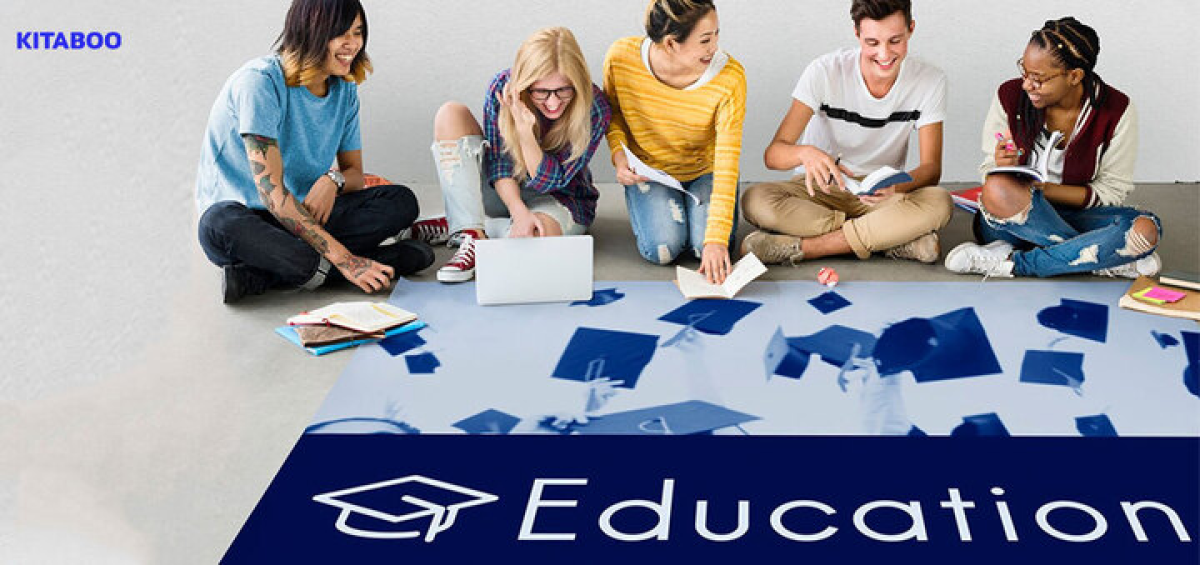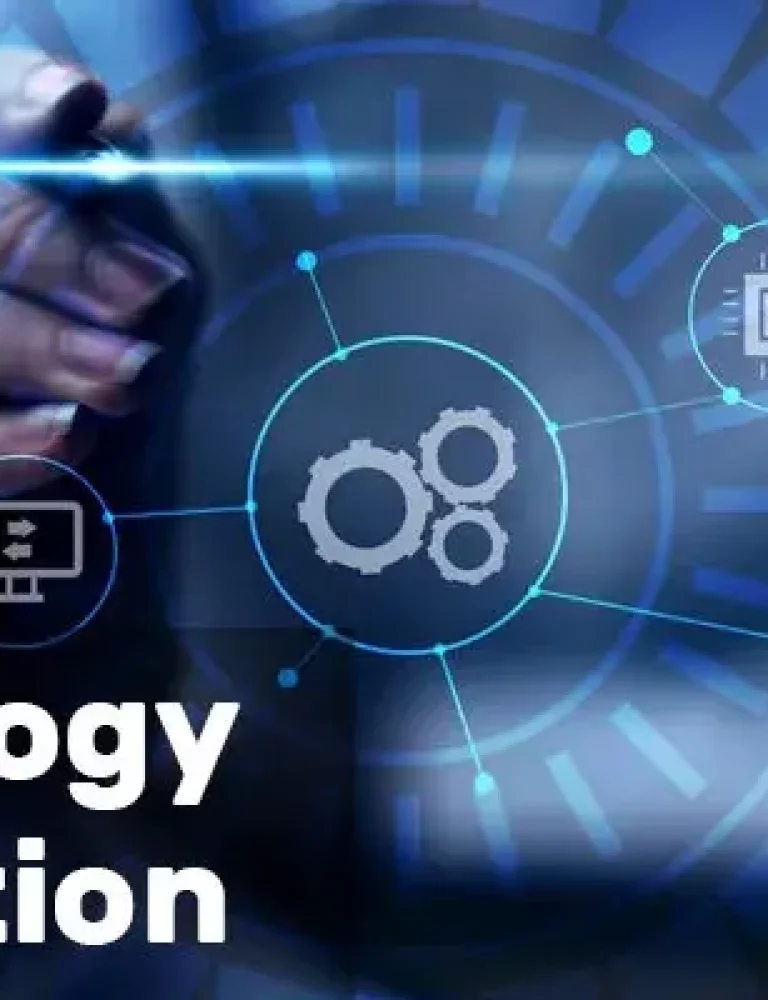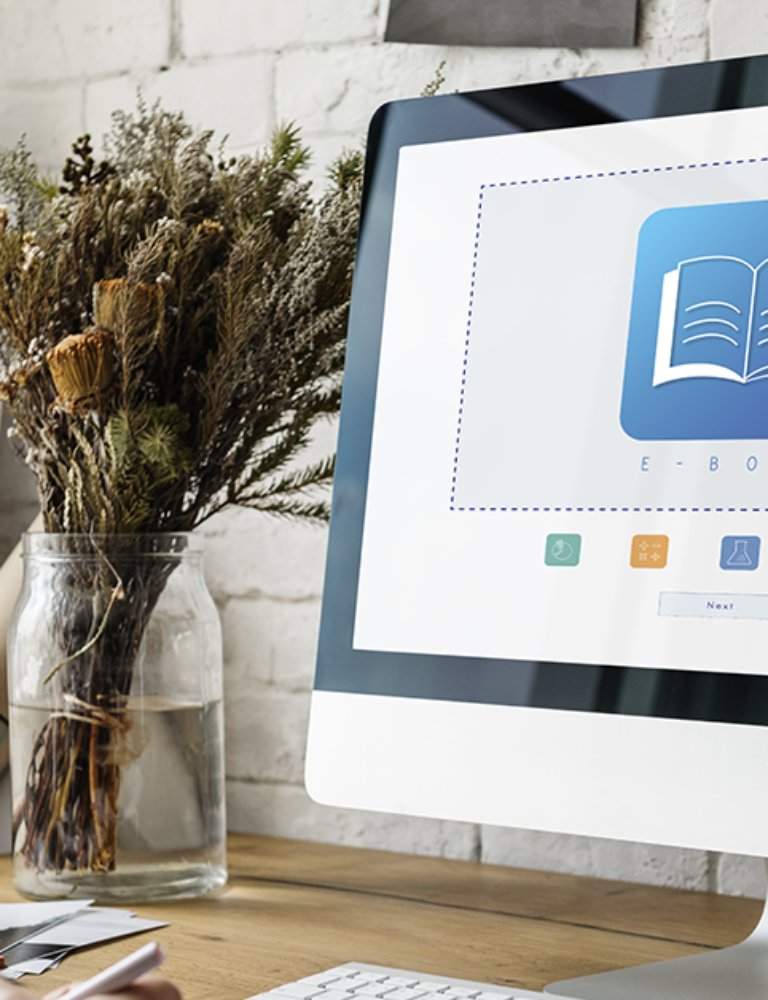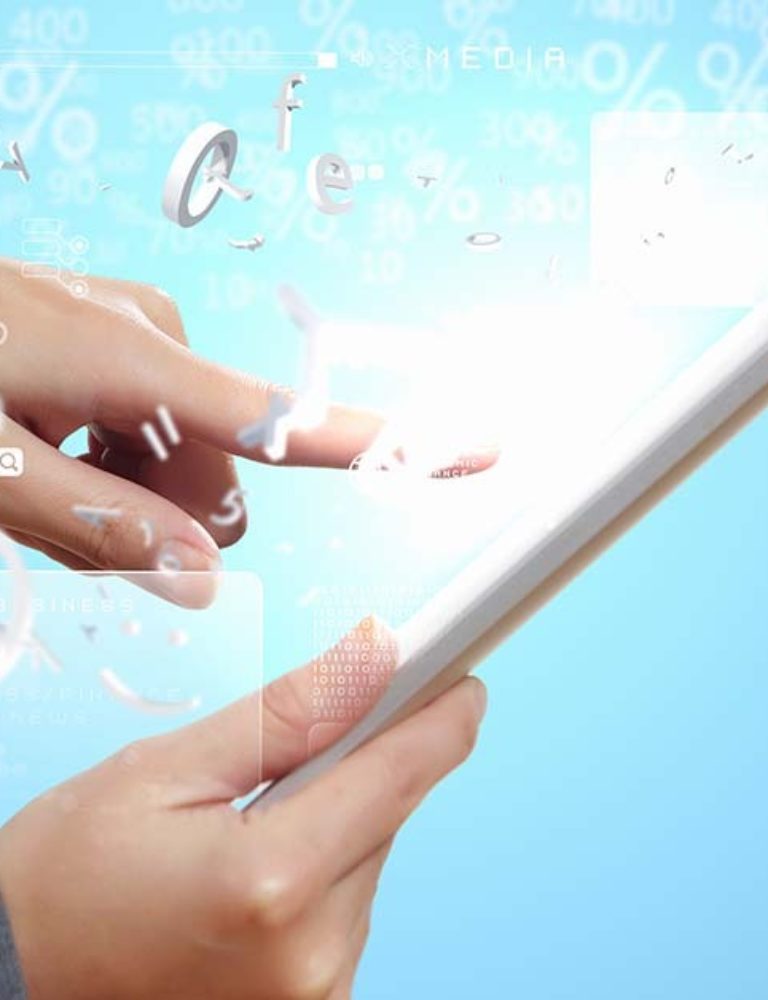The digital era has reshaped the landscape of education, driving a thirst for easily accessible learning materials online. Yet, with this exciting shift comes a responsibility: ensuring that these resources are shared with both legal precision and reverence for their creators.
Navigating the realm of instructional content licensing need not be daunting as long as you’re clear on your goals for publicizing such content.
As we adapt to this new frontier, digital textbook platforms like KITABOO emerge as beacons, revolutionizing the way educational materials are disseminated and streamlining the process considerably.
In this blog, we will explore a framework that educators can leverage to create open courseware and establish effective licensing protocols.
Table of Contents
I. Why is it Important to Share Educational Resources?
II. A Framework for Instructional Content Licensing
- Identify Your Needs
- Seek and Investigate
- Craft Your Educational Materials
- Get Approval
- Revise as Needed
- Release It
- Consider Segmenting
III. Summing it Up
Why is it Important to Share Educational Resources?
There is tremendous benefit in sharing learning objects – both for the teachers and the students. Firstly, educators get the opportunity to learn from other educators’ expertise through reusing their educational materials. It also helps teachers develop their own educational resources with help from their peers.
Besides, sharing resources enables teachers to propagate their pedagogy far and wide. Educators can also receive feedback on their methods and materials. On the other hand, sharing educational resources helps students keep up with the relevant information.
Additionally, resource sharing helps underprivileged students get access to learning objects. Through resource sharing, students acquire more learning materials by circulating a variety of learning objects within their group.
Additionally, it is environmentally more sustainable to consume less paper and share what can be reused.
A Framework for Instructional Content Licensing
Licensing educational content isn’t just a formality—it’s about capturing the creator’s intent and ensuring their vision guides how the material is shared and revisited by educators worldwide.
Depending on these factors, you will find the framework below quite handy in creating learning objects and licensing them:
1. Identify Your Needs
In the first step of developing a framework of educational resource reusability, you need to determine the needs of the learning objects. The licensing should align with the educational goals and avoid unnecessary restrictions.
The first step, therefore, constitutes defining the learning activity that is to occur for which the educational resources will be utilized. Everything that is needed to be executed or used to achieve this outcome should remain unhindered by the licensing activity.
2. Seek and Investigate
Before proceeding with developing a new educational material and licensing it, it is important to search the repository for any existing materials that fulfill the same outcomes. Reusing any existing learning objects by incorporating them into the current learning module reduces the efforts needed to create it from scratch.
Yet, it’s crucial to understand the licensing of these materials. Ensure they can be used as intended. If licensing doesn’t fit, decide between acquiring rights or crafting fresh content from the ground up.
3. Craft Your Educational Materials
As you embark on creating new educational content, prioritize its potential for sharing and reuse. This proactive approach demands a meticulous check of rights and licenses for third-party content within your material, ensuring seamless licensing down the line.
Remember, it’s not just about curating content but curating it with foresight. Think of each module or learning object as a piece of a larger puzzle that could fit into multiple educational scenarios. By embedding this ethos into your creation process, you not only champion the principles of open education but also build resources that stand the test of time and context.
4. Get Approval
After crafting your resource, it’s essential to label it with appropriate metadata and attributions, ensuring it aligns with licensing intentions.
At this stage, educators need to select the type of open license that serves the objective of creating your resource. Choose an apt open license – with Creative Commons being a popular pick for educational content – and integrate it digitally.
Once your resource is shaped, circulate your creation among peers for insightful feedback. Upon approval, your resource is primed for publication.
5. Revise as Needed
If there is a requirement for any modifications, educators can take it up at this stage before publishing the resource to the repository officially. The learning content may need some tweaks, or the licensing may need to be reconsidered – it can all be done now before the resource goes public and changes become irreversible.
6. Release It
Having determined that your educational material meets its intended objectives and purpose, it’s time to present it to the world. By publishing under your chosen license, you’re setting clear guidelines for its use and distribution.
Utilizing detailed metadata, including tags and keywords, ensures that your content is easily discoverable by students, educators, and the broader public.
With the right licensing in place, your resource stands as a beacon, ready to be shared, referenced, and reused, all while respecting the terms you’ve meticulously set forth.
7. Consider Segmenting
In the last step of the framework, educators may consider disaggregating the educational resource into smaller components. This enables better reusability of the resource by enabling other educators to repurpose or reuse these individual components for other educational activities.
For example, an educational component used in science optics experiments can also be reused in mathematics for problem-solving. This approach not only maximizes the utility of every content fragment but also fosters interdisciplinary learning and collaboration.
Summing it Up
We stand at a transformative juncture in education, witnessing unparalleled access and widespread distribution of knowledge. It is, therefore, important to consider instructional content licensing as an enabler rather than a roadblock or a task to be completed.
With KITABOO, educators can freely create high-quality and interactive educational resources and license them with ease for reuse and sharing. It enables simplicity in creation, helping save time for the teachers. This way, educators can focus more on nurturing minds and fostering innovation while the platform handles the complexities of content creation and licensing.
Visit the site to learn more!
Contact our expert team now and get started!
To know more, please write to us at KITABOO@hurix.com
Suggested Reads:
Discover How An Ebook Conversion, Publishing & Distribution Platform Can Help You
Kitaboo is a cloud-based content platform to create-publish & securely distribute interactive mobile-ready ebooks.
You May Also Like









